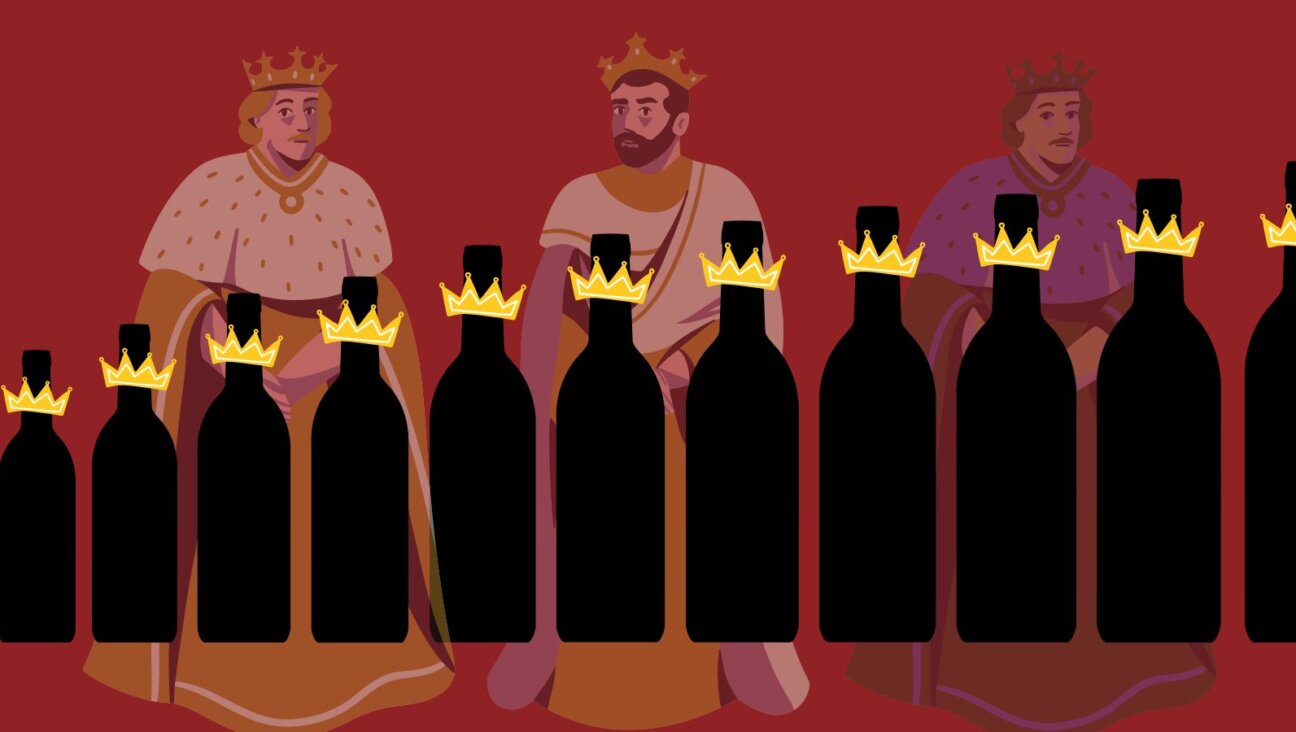How a Young Woman Copes With a Rare Genetic Disorder
‘My gums are peeling,” said a 22-year-old Elli Resnick to her mother as she removed a piece of salmon-colored flesh from her mouth.
Other clues had been tipping off Resnick that she might be ill: She suffered from frequent bloody noses, always had a “potato chip feeling” in her mouth and, because she couldn’t eat salad, believed she had an allergy to vegetables.
Never one to be a hypochondriac, her mother Janet, who had been hearing her daughter complain of “canker sores” for weeks, immediately knew that her daughter’s problem must be something more severe. After Resnick’s disease was initially misdiagnosed as thrush, doctors at Brigham and Women’s Hospital in Boston made a diagnosis of pemphigus.
Despite her symptoms, Resnick, a public health researcher, is fortunate in that she suffers from a relatively mild form of the disease that is limited to her mouth and nose. She is still more fortunate that her choice of treatment allows her to maintain what she calls “a very normal life, all things considered,” inspiring her to get a master’s degree at Boston University School of Public Health and to plan for a doctorate in the same field.
Pemphigus is an autoimmune disorder that had a 99% mortality rate before the development of medication for treatment in the 1950s. Caused by a dysfunction in which the body produces antibodies that fight against its own tissue, the disease attacks desmogleins, which are the proteins fastening skin cells together, resulting in painful blisters, lesions and sores. Pemphigus can affect virtually all superficial areas of the body, including the skin, scalp, mouth, throat, nose and esophagus.
People of Ashkenazic Jewish descent are genetically inclined to the recessive disorder; it also affects people of northern Indian and Asian heritage. Estimations are that it strikes from between 5 in 100,000 to 1 in a million people annually. The disease, which occurs equally among men and women, usually manifests itself later in life, when a person is in his or her 50s or 60s. One famous pemphigus sufferer is Chris Stein, founder and lead guitarist of the rock group Blondie.
The disease exists in four basic types: pemphigus vulgaris, pemphigus foliaceus, paraneoplastic pemphigus and IgA pemphigus. Vulgaris, the most common, is characterized by sores and blisters in the mouth. It does not cause permanent scars unless infection occurs. Pemphigus foliaceus is less deadly than the other forms and usually occurs on either the face or scalp, later developing on the chest and back. Paraneoplastic pemphigus is the most fatal and least common form and often occurs in people diagnosed with cancer. IgA pemphigus is similar to P.F. with its blisters and erosions, although it can be identified by small pustules.
Pemphigus is pernicious in other regards. For one, diagnosis is difficult, with doctors rarely suspecting it and requiring three criteria for a definite diagnosis; delay in diagnosis often leads to a worsening of the condition, making treatment more difficult. Another frustration is that flare-ups are affected by stress and diet, with sharp and acidic foods aggravating the disease.
The preferred treatment for pemphigus, corticosteroids, can cause unpleasant and even life-threatening side effects, including weight gain, high blood pressure, osteoporosis, glaucoma, diabetes, acne, cataracts, mood changes and increased susceptibility to infection.
In recent years, however, a surge of different treatments have improved the lives of sufferers. Resnick treats her disease with intravenous immunoglobulin, a therapy popular among younger patients. “I don’t want this to be defining my life,” she said.
The one promising medical breakthrough is a class of drugs called biologics, which were discussed at the June 16-17 International Pemphigus Foundation meeting in Bethesda, Md. Biologics are drugs inhibiting factors key in causing an inflammatory response. By quelling inflammatory symptoms, the drugs may eliminate pemphigus blisters. Janet Segall, founder of the International Pemphigus Foundation, called the biologic Rituxin “particularly promising.”
Other treatments offered during the past two decades include the adaptation of intravenous immunoglobulin; Dapsone, an anti-infective; antibiotics such as Tetracycline, Minocycline and Doxycycline; niacinamide, a derivative of niacin and a water-soluble B vitamin (usually taken with one of the cycline antibiotics), and immunosuppressants.
Even so, prednisone, a corticosteroid, is still listed as the drug of choice for treatment, according to the International Pemphigus Foundation.
Although “steroids were fantastic in terms of [treating] pemphigus symptoms,” Resnick decided that she was not willing to risk the side effects after witnessing elderly people in her treatment group come in for sessions with “canes and titanium shoulders” because of osteoporosis.
So Resnick has been receiving intravenous injections of immunoglobulin. The therapy uses purified antibodies collected from pools of plasma that require 2,000 to 10,000 people per dose. Resnick describes the therapy as “like trying to shoot a lamppost with a machine gun,” an apt description, since treatment assails the body with antibodies in hope of finding one to affect the disease’s expression. Because of the quantity of donors needed, individual treatments of IVIG can cost thousands of dollars per treatment; treatment is usually not covered by insurance, as the FDA has not approved it.
Although pemphigus has no cure, and a “sustained remission” is all that can be hoped for, Resnick’s can-do attitude inspires. “I don’t like to use it [pemphigus] as an excuse for anything except to eat more ice cream,” she said.

I hope you appreciated this article. Before you go, I’d like to ask you to please support the Forward’s award-winning journalism this Passover.
In this age of misinformation, our work is needed like never before. We report on the news that matters most to American Jews, driven by truth, not ideology.
At a time when newsrooms are closing or cutting back, the Forward has removed its paywall. That means for the first time in our 126-year history, Forward journalism is free to everyone, everywhere. With an ongoing war, rising antisemitism, and a flood of disinformation that may affect the upcoming election, we believe that free and open access to Jewish journalism is imperative.
Readers like you make it all possible. Right now, we’re in the middle of our Passover Pledge Drive and we need 500 people to step up and make a gift to sustain our trustworthy, independent journalism.
Make a gift of any size and become a Forward member today. You’ll support our mission to tell the American Jewish story fully and fairly.
— Rachel Fishman Feddersen, Publisher and CEO
Join our mission to tell the Jewish story fully and fairly.
Our Goal: 500 gifts during our Passover Pledge Drive!
























